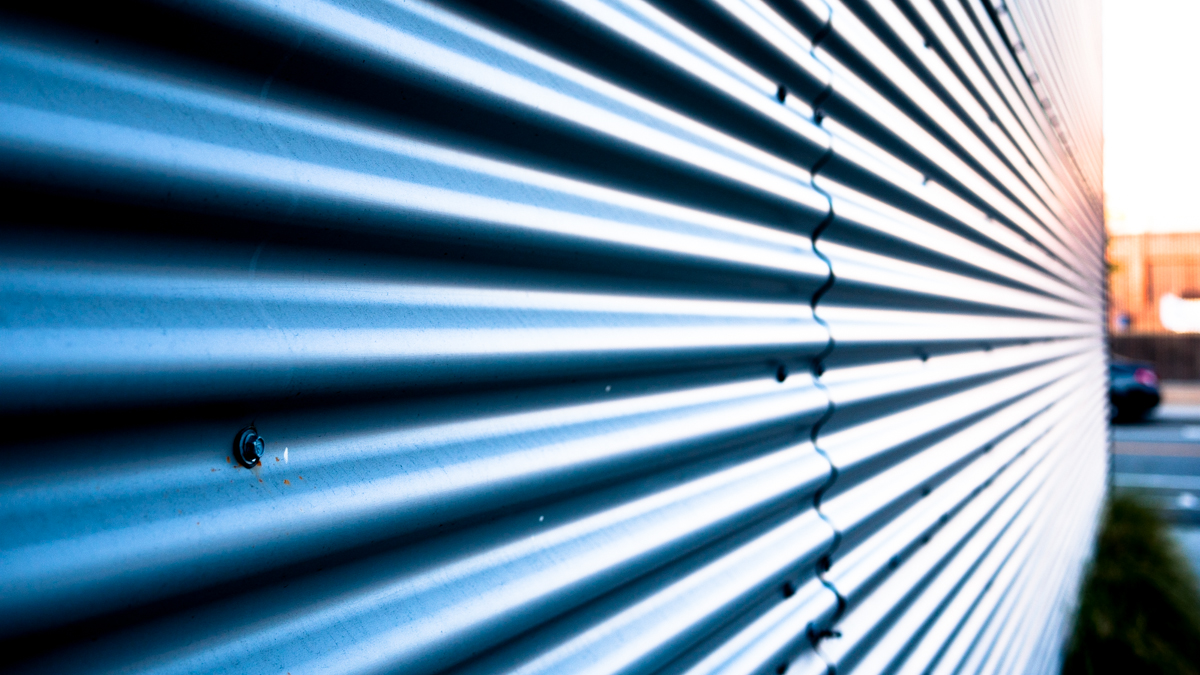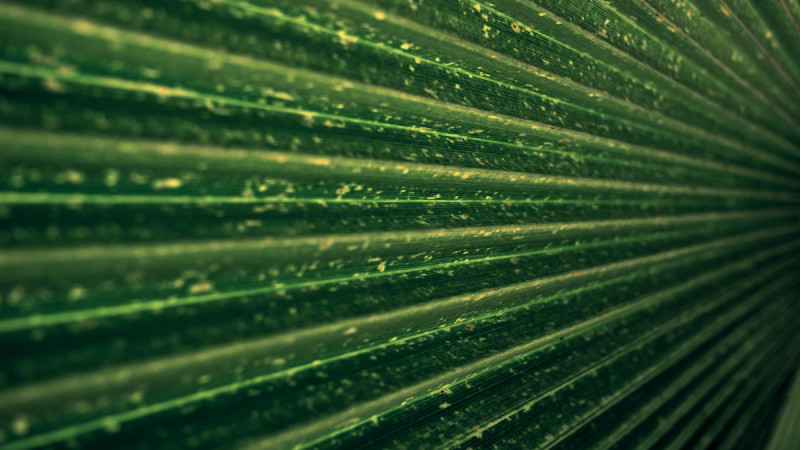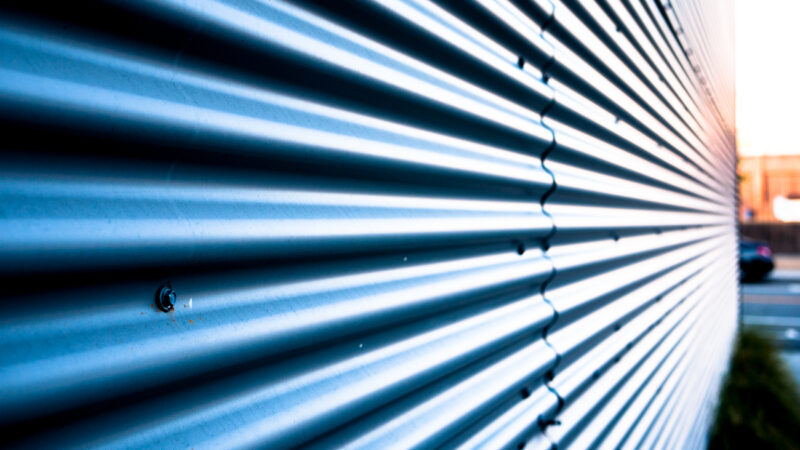Corrugated steel, corrugated cardboard, creases in the external panels of your car. Ridges in shells, palm leaves. Every one of these leverages bends in a sheet to increase it’s strength.
Corrugation is a series of parallel ridges and furrows which increase rigidity.
Take a sheet of paper. Hold one end between your fingers and wave it around. The sheet flops back and forth with every movement. Now fold it every inch, first one direction then the other, so that you end up with a zig-zag set of folds. Hold it perpendicular to the folds. Try to wave it. The paper will largely remain stiff. This is the power of corrugation.
A sheet of material has a lot of strength end-on-end, but not side-to-side. By adding a well placed crease or ten placed perpendicular to motion the sheet can remain stiff even with lots of weight or wind pressing against it.
Lots of cars have creases horizontally across their door panels to combat the wind forces vibrating the sheet metal at speed. Palm leaves leverage creases so that they can withstand wind rather than being whipped around by it. Some mollusk shells have external ridges which add a similar kind of strength.


